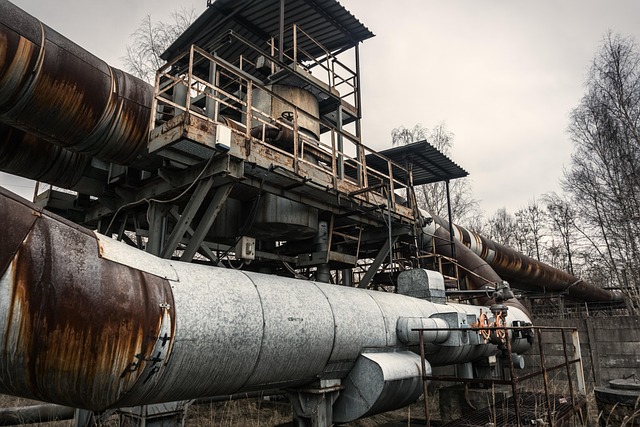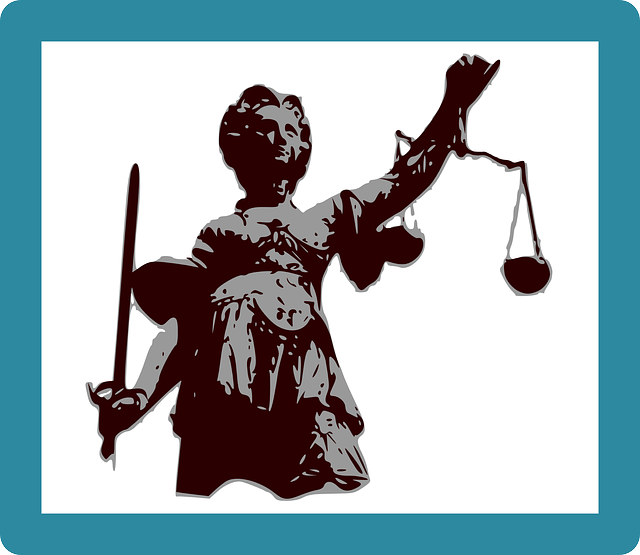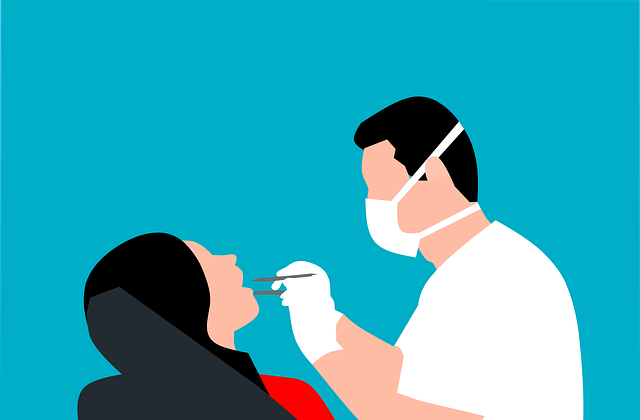A work injury settlement hearing is a crucial process where injured workers present their cases to a judge for compensation. All stakeholders, including the worker, employer, and insurance company, offer evidence, testimonies, and arguments. The judge assesses factors like injury severity, lost wages, medical expenses, and pain and suffering to determine a fair settlement amount. Complex cases may require delving into specific details regarding liability, negligence, and unique circumstances. The primary goal is to achieve a just resolution for the injured party, with the judge acting as an impartial mediator guided by workers' compensation laws.
In the intricate process of work injury settlements, judges play a pivotal role in determining compensation. This article dissects the key elements that shape these decisions, offering insight into the multifaceted considerations faced by adjudicators. From understanding the structured hearing process, involving claimants, insurance representatives, and judges, to delving into medical evidence, daily life impact, and legal precedents—each aspect contributes to fair and informed judgments. Unraveling these factors is essential for both parties navigating the complex landscape of work injury settlements.
- Understanding the Work Injury Settlement Hearing Process
- – Overview of the hearing's purpose and structure
- – Roles of judges, claimants, and insurance representatives
Understanding the Work Injury Settlement Hearing Process
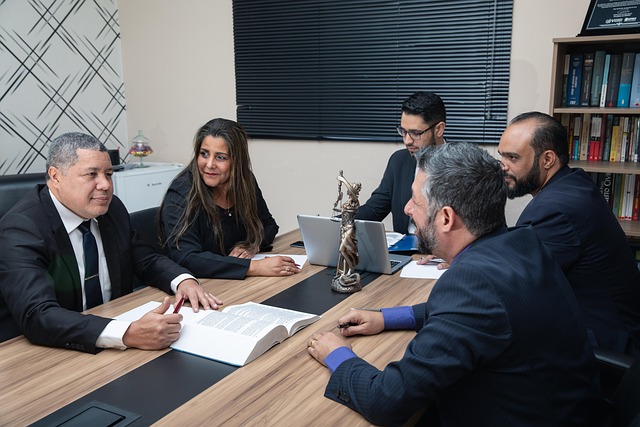
A work injury settlement hearing is a crucial process where an injured worker presents their case to a judge aiming to receive compensation for their work-related injuries. Understanding this process is essential for any individual involved, as it can significantly impact the outcome of their claim. During a hearing, both parties—the claimant and the employer or insurance company—have the opportunity to present evidence, witness testimonies, and arguments to support their positions.
The judge plays a vital role in evaluating the facts, considering legal precedents, and applying relevant laws to determine an appropriate settlement amount. In doing so, they may assess factors such as the severity of the injury, lost wages, medical expenses, and pain and suffering. Additionally, in complex cases like caregiver abuse or slip-and-fall incidents, the judge might delve into specific details related to liability, negligence, and the unique circumstances surrounding the auto accident lawyer representation.
– Overview of the hearing's purpose and structure

The purpose of a work injury settlement hearing is to provide a structured forum where all parties involved—the injured worker, their employer, and often an insurance company—can present their cases and arguments regarding a work-related injury. This process aims to facilitate a fair resolution, ensuring that the injured party receives adequate compensation for their medical expenses, lost wages, and pain and suffering. The hearing is not merely an adversarial encounter but a disciplined proceedings guided by rules of evidence and procedure.
The structure typically involves opening statements from each side, presentation of evidence through witnesses and documents, cross-examination of witnesses, and closing arguments. A judge, often with expertise in workers’ compensation law, presides over the hearing to ensure fairness and impartiality. Key considerations include evaluating the extent of the injury, determining liability, assessing the injured worker’s disability or impairment, and considering the reasonableness of settlement offers or demands. This process also involves examining factors such as medical negligence, especially in cases involving car accident injuries or other traumatic events, and ensuring that any settlement aligns with applicable laws and regulations, potentially with the assistance of a skilled car accident lawyer.
– Roles of judges, claimants, and insurance representatives
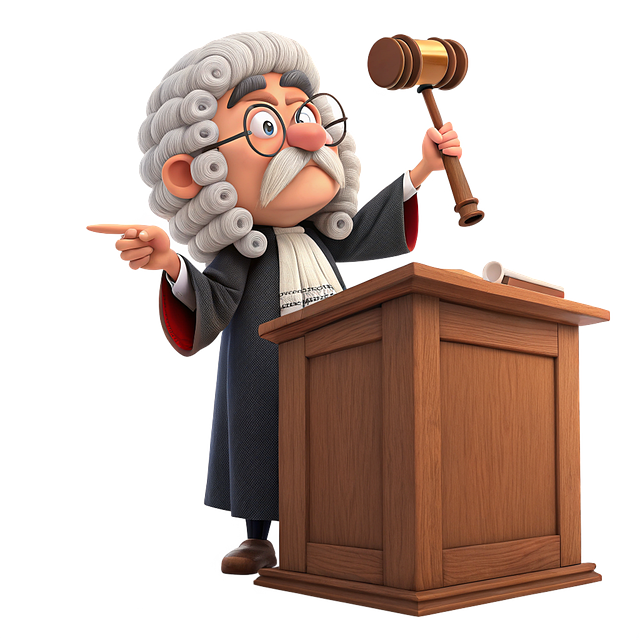
In work injury settlement hearings, judges play a pivotal role as impartial mediators, ensuring fairness and justice for all parties involved. They are responsible for interpreting laws and regulations related to work injuries, guiding the process, and making critical decisions that determine the outcome of the case. Judges carefully consider evidence presented by both claimants and insurance representatives, examining details of the accident, extent of injuries, and relevant workplace conditions.
Claimants, who often have the assistance of an accident lawyer, bear the burden of proof, presenting compelling arguments and medical evidence to support their claims for accident compensation. Insurance representatives, on the other hand, represent the interests of insurance companies, aiming to minimize payout amounts while ensuring adherence to legal obligations. The interaction between these three roles—judge, claimant, and insurance representative—shapes the direction and outcome of the settlement hearing, ultimately influencing the compensation received by injured workers or their caregivers in cases of abuse.
In conclusion, understanding the intricacies of a work injury settlement hearing is paramount for both claimants and insurers. These hearings serve as pivotal moments in navigating the complexities of work-related injuries, with judges acting as impartial arbitrators. By examining medical evidence, assessing pain and suffering, and considering lost wages and future implications, judges make informed decisions that settle claims fairly. This process underscores the importance of thorough documentation, clear communication, and respectful engagement between all parties involved in a work injury settlement hearing.

